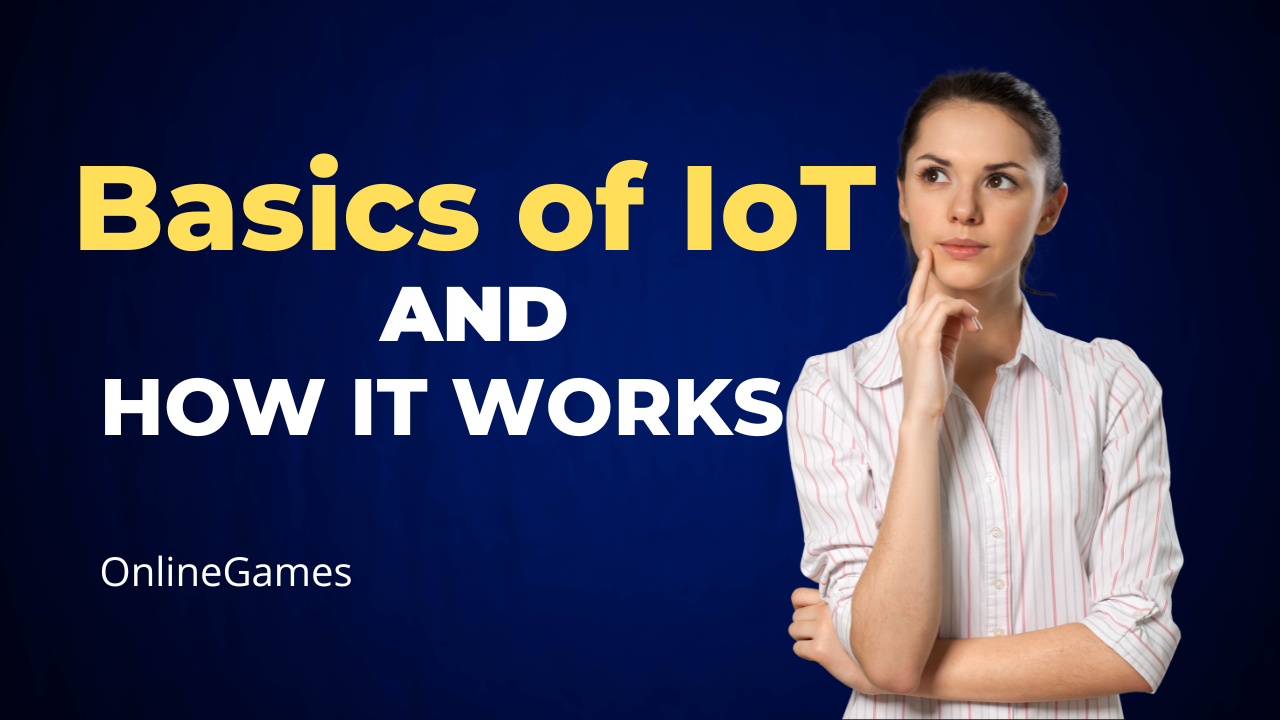In the contemporary digital landscape, the Internet of Things (IoT) stands as a pivotal technological advancement, revolutionizing how devices interact and exchange data over the Internet. At its core, IoT refers to a vast network of interconnected devices, from everyday appliances to sophisticated industrial machinery, all equipped with sensors and software that enable them to collect and exchange data. This interconnectedness allows for seamless automation, efficiency improvements, and real-time insights across various sectors.
Key Components of IoT
Sensors and Actuators
IoT devices rely on sensors to gather data from their environment. These sensors detect physical changes such as temperature, humidity, motion, and light. Actuators, on the other hand, are responsible for executing commands sent from the central system based on the data collected. For instance, a thermostat adjusting room temperature based on sensor readings exemplifies the basic functionality of IoT devices.
Connectivity
Connectivity forms the backbone of IoT infrastructure. Devices communicate through various protocols like Wi-Fi, Bluetooth, Zigbee, or cellular networks, ensuring seamless data transmission. The choice of connectivity protocol depends on factors such as range, power consumption, and data speed requirements, tailored to specific IoT applications.
Cloud Computing
Cloud computing plays a pivotal role in IoT by providing a scalable platform for data storage, processing, and analysis. IoT devices transmit vast amounts of data to cloud servers where advanced analytics algorithms derive actionable insights. This enables real-time monitoring, predictive maintenance, and personalized user experiences across industries ranging from healthcare to smart cities.
Applications of IoT Across Industries
Healthcare
In healthcare, IoT devices such as wearable fitness trackers and remote patient monitoring systems enable continuous health monitoring and early detection of medical conditions. This enhances patient care by facilitating timely interventions and reducing hospital readmissions.
Smart Home Automation
IoT has transformed residential living through smart home devices like smart thermostats, lighting systems, and security cameras. These devices offer convenience, energy efficiency, and enhanced security, allowing homeowners to control and monitor their homes remotely via smartphone apps.
Industrial IoT (IIoT)
In the industrial sector, IIoT optimizes operational efficiency and productivity by integrating machinery with sensors and analytics platforms. Predictive maintenance, asset tracking, and supply chain management are key applications driving cost savings and operational insights for manufacturers.
Agriculture
IoT solutions are revolutionizing agriculture by enabling precision farming techniques. Soil moisture sensors, drones, and automated irrigation systems help farmers monitor crop health, optimize water usage, and increase yield through data-driven decision-making.
Challenges and Security Considerations
Data Privacy and Security
As IoT ecosystems expand, concerns regarding data privacy and security intensify. IoT devices, often interconnected and remotely accessible, are susceptible to cyber threats and data breaches. Robust encryption, authentication mechanisms, and regular software updates are crucial to mitigate these risks and safeguard sensitive information.
Interoperability
The diversity of IoT devices and communication protocols presents challenges in achieving seamless interoperability. Standardization efforts aim to streamline device integration and ensure compatibility across platforms, fostering a cohesive IoT ecosystem.
Future Trends in IoT
Edge Computing
The proliferation of IoT devices generating massive volumes of data has led to the rise of edge computing. Edge devices process data locally near the source, reducing latency and bandwidth consumption while enhancing real-time analytics capabilities.
AI and Machine Learning
Integration of artificial intelligence (AI) and machine learning (ML) algorithms with IoT systems enhances automation and decision-making capabilities. AI-driven insights derived from IoT data empower businesses to anticipate trends, optimize operations, and deliver personalized user experiences.
IoT represents a transformative paradigm in the digital era, reshaping industries, enhancing efficiency, and improving quality of life. From smart cities to healthcare advancements, the applications of IoT continue to evolve, driven by innovation and technological advancements.






